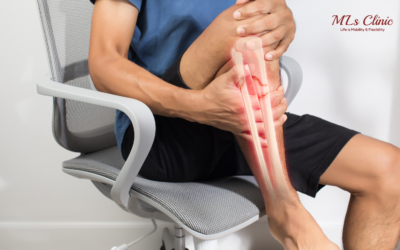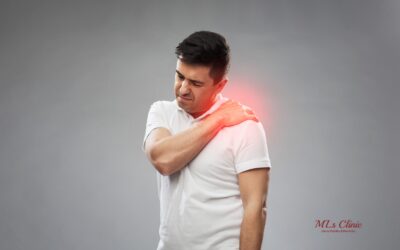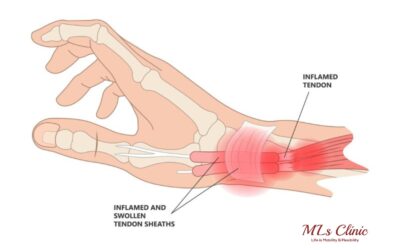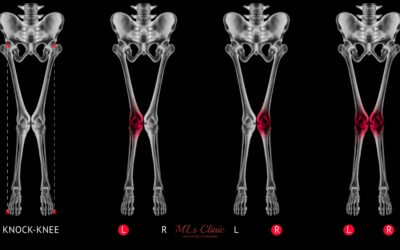What Are The 7 Types Of Arthritis: Know Each Condition
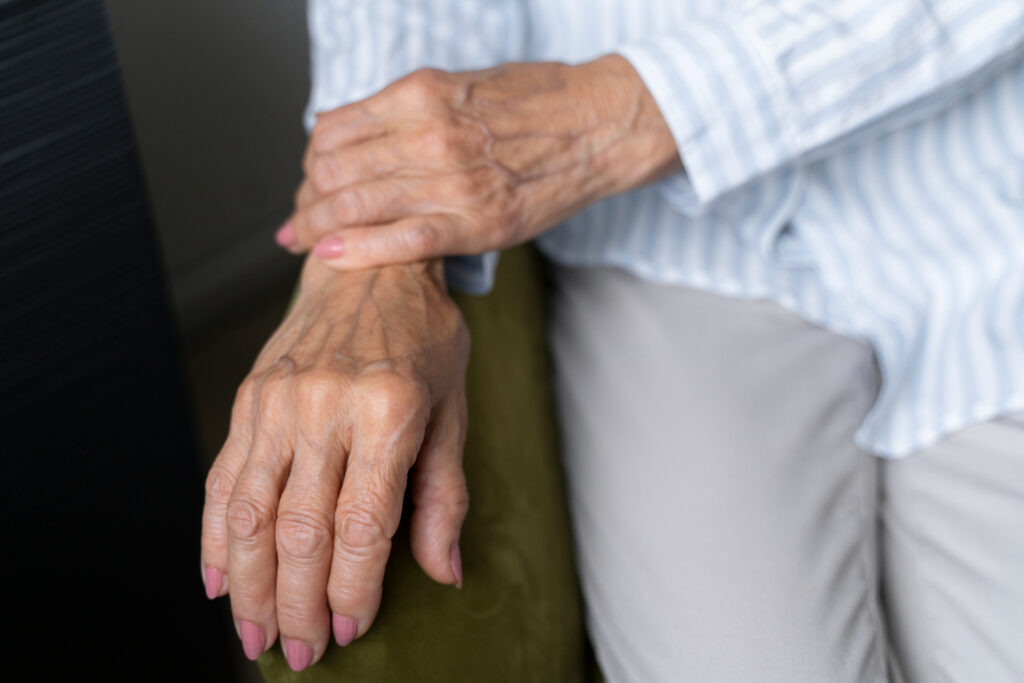
Arthritis is not a single illness but a term used for joint pain or disease, encompassing over 100 types of related conditions. It affects people of all ages, genders, and ethnicities, but it is more prevalent in women. In India, arthritis affects over 180 million people, making it more prevalent than diseases like diabetes and cancer. While it’s not exclusively an age-related condition, some forms of arthritis are more common in older individuals than in younger ones.
Arthritis can cause permanent joint changes and may also impact organs like the heart, eyes, lungs, and skin.
Arthritis can affect various joints but is most commonly found in the:
Types of Arthritis
Let us explore: What are the 7 types of arthritis, along with their symptoms and treatments?
-
Osteoarthritis
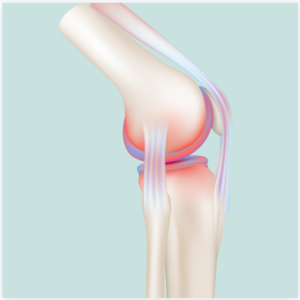
Osteoarthritis (OA) is the most common form of arthritis, typically affecting the hands, spine, hips, and knees. It was once believed to be a wear-and-tear condition that only affected cartilage, but newer research shows that osteoarthritis impacts the entire joint. This includes weakened bones, deteriorating connective tissues, and inflammation in the joint lining. Inflammation plays a crucial role in OA, much like in other types of arthritis, challenging the long-standing belief that OA was simply a mechanical issue.
There is increasing agreement that inflammatory osteoarthritis (OA) is one of several subtypes of OA. Other forms include OA linked to:
- Post-traumatic injuries like torn ACLs or fractures
- Injury or harm caused by tough jobs like farming and construction work.
- Lifestyle factors like obesity, lack of physical activity, and poor nutrition
These subtypes highlight that OA can result from various triggers beyond just aging or general wear and tear.
While osteoarthritis (OA) is more common with age, it isn’t an inevitable part of aging. You can reduce joint issues by staying active, maintaining a healthy weight, and limiting inflammatory foods like red meat, processed foods, and sugar. Healthier options include berries, leafy greens, wild salmon, whole grains, and olive oil.
For mild to moderate joint pain, regular exercise, hot/cold therapy, over-the-counter pain relief, and assistive devices may ease symptoms. If joint pain worsens and affects mobility, surgery could be an option worth discussing with your orthopedic doctor for osteoarthritis .
Watch video on Osteoarthritis
-
Rheumatoid Arthritis

Rheumatoid arthritis (RA) is one of the most debilitating forms of arthritis and is the most common type of autoimmune arthritis, affecting a large number of people, about 75% of whom are women. While RA often begins between the ages of 30 and 50, it can appear at any age.
This condition leads to joint pain, stiffness, swelling, and reduced joint mobility. Although it frequently affects the smaller joints in the hands and feet, RA can also impact other areas of the body, such as the eyes and skin. Morning stiffness is often a key symptom of RA, distinguishing it from other conditions.
Other possible signs include fatigue, low-grade fever, loss of appetite, and firm nodules beneath the skin, typically around the elbows and hands.
RA is an autoimmune disorder, where the immune system, which normally targets bacteria and viruses with inflammation, mistakenly directs this inflammation toward healthy tissue.
-
Gout

Gout, or metabolic arthritis, is caused by the accumulation of uric acid crystals in the joints, leading to severe pain, especially in the big toe. Uric acid is produced when purines, substances found in human cells and in foods like red meat, organ meats, seafood, and alcohol, break down. Normally, the body eliminates excess uric acid, but if it doesn’t, the buildup can trigger painful episodes.
Even though high uric acid levels are often associated with gout, many people with elevated uric acid never develop the condition. Similarly, some gout patients have normal levels. Research indicates that other factors, besides uric acid, may contribute to gout. These can include damage from osteoarthritis (OA), imbalances in the microbiome, or the activity of white blood cells in joint fluid, all of which might play a role in triggering gout symptoms.
Some individuals experience a single gout attack, or flare, and may never encounter further symptoms, often not requiring medication. However, those who have recurrent flares or more severe symptoms are usually prescribed uric acid-lowering medications. These drugs can cause significant side effects and might not fully address the underlying issue. As a result, alongside medication, patients are encouraged to follow a primarily plant-based, low-purine diet that includes fruits, vegetables, whole grains, olive oil, and low-purine fish.
-
Ankylosing spondylitis
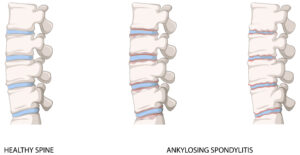
Ankylosing spondylitis (AS) is a type of chronic inflammatory arthritis that primarily affects the spine, causing pain and stiffness in the back and neck. It typically begins in early adulthood, with symptoms often starting between the ages of 17 and 45.
AS mainly targets the joints where the spine meets the pelvis (the sacroiliac joints), but it can also affect other parts of the body, including the hips, shoulders, and even the eyes. Over time, the inflammation in the spine can lead to the fusion of vertebrae, resulting in a loss of flexibility and a hunched-forward posture.
Symptoms of ankylosing spondylitis include persistent back pain, especially in the lower back, stiffness that is worse in the morning or after periods of inactivity, and fatigue. AS can also cause inflammation in other areas like the eyes (iritis or uveitis), leading to pain and sensitivity to light.
If left untreated, ankylosing spondylitis can cause severe spinal deformities, limited mobility, and complications such as breathing difficulties, cardiovascular issues, and eye disorders. Identifying and treating a condition early can help alleviate symptoms and prevent the disease from worsening.
-
Psoriatic Arthritis
Psoriatic arthritis (PsA) most commonly affects the fingers, hands, feet, wrists, ankles, and knees though it can impact other joints as well. Symptoms may include swollen, sausage-like fingers with a pinkish hue and pitting of the fingernails.
The condition can also progress to affect the spine, leading to damage similar to ankylosing spondylitis.
However, it can also lead to silver or gray scaly patches on the scalp, elbows, knees, and lower spine, as well as nail pitting or nail detachment.
If left untreated, PsA can weaken bones and cause complications like vision problems, gastrointestinal issues, shortness of breath, and damage to blood vessels and the heart.
-
Juvenile Arthritis
In India, juvenile arthritis (JA) is becoming an increasingly recognized health issue, though precise data on the number of affected children is still limited. It is estimated that around 50,000 to 200,000 children in India suffer from various forms of juvenile arthritis.
JA is a broad term encompassing several types of arthritis that affect children, with the most common being juvenile idiopathic arthritis (JIA), previously known as juvenile rheumatoid arthritis. JIA refers to a group of autoimmune disorders that affect children’s joints.
JIA typically develops in children under 16 and can lead to tightening of muscles and soft tissues, erosion of bones, altered growth patterns and misalignment of joints
Joint pain, swelling, stiffness, fever, fatigue, and sometimes skin rash or eye inflammation. The symptoms can differ based on the specific type of juvenile arthritis.
-
Septic Arthritis
Septic arthritis is a severe infection in a joint, caused by bacteria, viruses, or fungi, leading to inflammation. It commonly affects large joints like the knee or hip, causing sudden and intense pain, swelling, warmth, and difficulty moving the joint. It can arise from infections elsewhere in the body spreading through the bloodstream or from direct trauma to the joint.
Treatment involves prompt medical intervention. You usually need antibiotics to clear the infection. In some cases, draining the infected joint through a needle or surgery is necessary, and sometimes surgery is necessary for severe cases. Without timely treatment, it can lead to joint destruction.
A message from Doctor
Arthritis is a common condition, but just because many people have it doesn’t mean you have to suffer. Talk to orthopedic doctor Dr. Preetesh Choudhary, at MLs Clinic about ways to handle your symptoms. He can help you find ways to enjoy your favorite activities and reduce stiffness and discomfort.
Arthritis can affect any joint in your body, but staying active is important. Contact orthopedic doctor, Dr. Preetesh Choudhary about physical or occupational therapy to help you stay strong and confident in your daily life.
